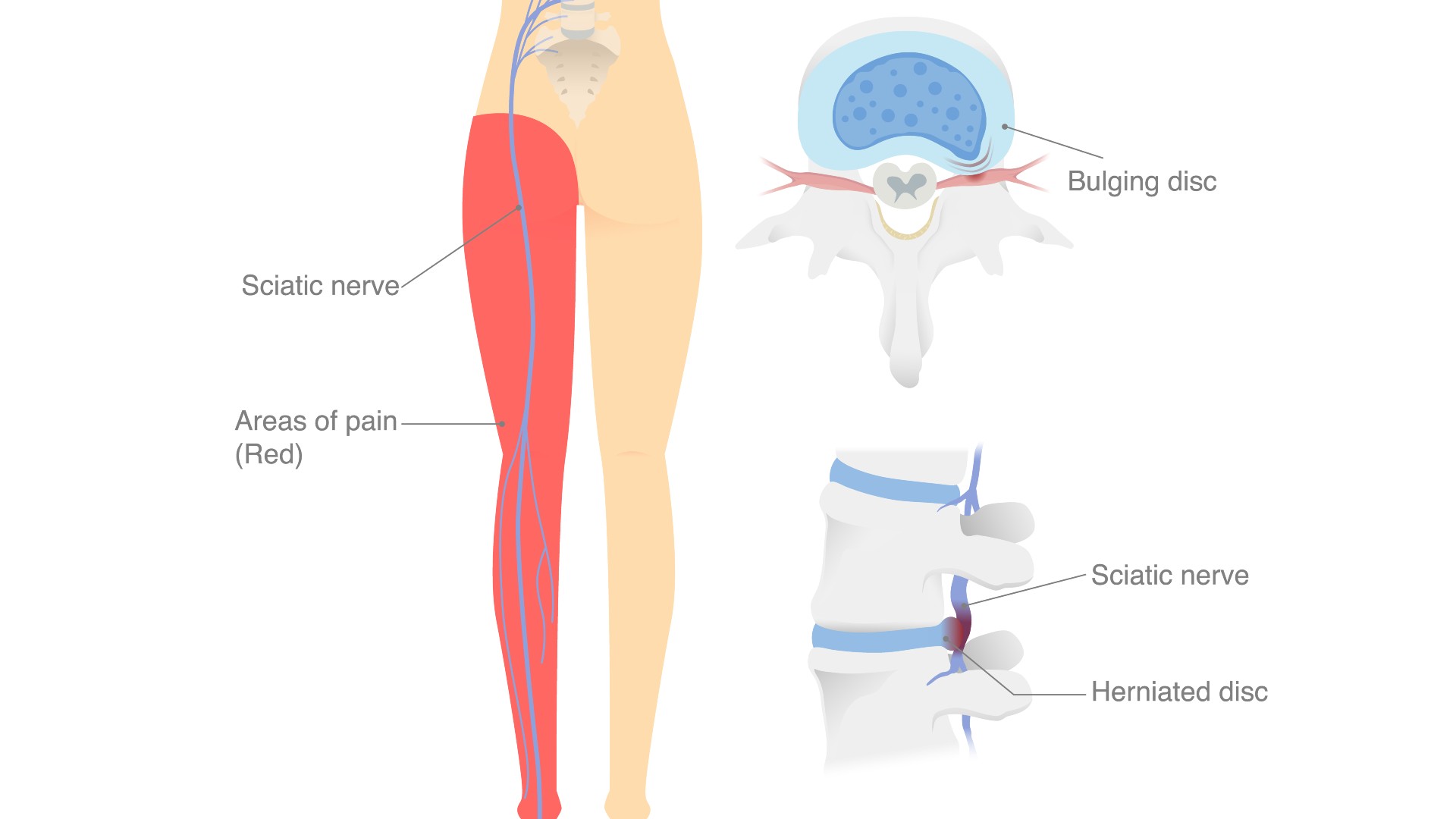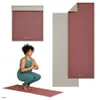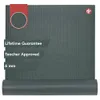
If sciatica symptoms prevent you from working, exercising, or performing daily tasks easily, try these 3 core exercises for sciatica and lower back pain.
When you have sciatica, finding core exercises to build a stronger torso can be challenging — even some of the best abs exercises are off the table. That’s why Dr. Grant Elliot of Rehab Fix suggests these three exercises to help alleviate pain instead.
I recommend performing these moves using one of the best yoga mats to ensure your back gets the most support possible. If you’ve already got the kit you need, check out each exercise below, the benefits and how to perform them.
What are the 3 core exercises for sciatica?
“Say goodbye to sciatica pain with our expert guidance on selecting the right core exercises,” says Dr. Elliott. “We understand the challenges that come with managing sciatica, and that's why we're here to provide you with safe and effective options.
Our video walks you through three carefully chosen core exercises that are specifically designed to bring relief to those struggling with sciatica.”
Whether you struggle with a tight lower back and want to relieve tension, build core strength, or ease the trickier symptoms of sciatica, these tailored exercises are explained in the video below step by step, allowing you to incorporate them into your routine at your own pace.
Before you get started, it’s worth briefly explaining why some core exercises aren’t working for you. Dr. Elliott says some exercises can push or pull against the sciatic nerve, which exacerbates symptoms in the lower back, glutes, or legs.
Get instant access to breaking news, the hottest reviews, great deals and helpful tips.
There are two main causes: lumbar flexion and nerve tension. For example, bending forward (lumbar flexion) can increase pressure on the discs, increasing tension and back pain; core exercises involving seated flexion are a good example, including sit-ups or crunches.

Nerve tension simply means creating more tension in the nerves, like stretching or increasing their length. Dr. Elliot explains this can happen during exercises that fully extend the legs or raise the leg high into the air in a stretched position while flexing the hips (think hamstring stretches from a supine position) creating a “pull on the nerve.” In this case, leg raises might feel painful.
None of the following core exercises create nerve tension or lumbar flexion, meaning they’re safe for most people. That said, you should always consult your physician if you’re unsure and stop immediately if you experience pain.
1. Kneeling Pallof press

The Pallof press uses anti-rotation to strengthen core muscles like your obliques and transverse abdominis. The exercise requires full control and stability over the exercise, and you’d typically use a resistance band or cable machine to perform it.
Start by anchoring a band to a squat rack, pole, or similar, securing it around chest or stomach height to one side of your body. From here, you’ll kneel and grip the band using both hands.
Take a few shuffles away from the band to create tension, then position your hands close to your chest. Push the band away from you, extending both arms, then bring the band back to your chest. Continue for reps, resisting the urge to rotate toward the anchor point.
The idea is to strengthen the spinal muscles associated with rotation and anti-rotation without aggravating the nerve using exercises like Russian twists. Dr. Elliott explains that while demand on the hips increases, your lower back stays in a neutral position.
2. Bear squat
The bear squat is incredibly challenging on the core muscles without further aggravating sciatic symptoms. You’ll start in a tabletop position on your hands and knees, with shoulders stacked over wrists, and hips over knees, toes tucked.
From here, brace your torso, lift your knees an inch or two away from the ground and practice holding the position. Once you’ve spent some time building strength here, try pushing your hips up and back and lifting the knees slightly more, then lowering again, as demonstrated in the video. Keep your spine neutral as you move. Over time, the exercise helps build trunk stability while working your core.
Dr. Elliott recommends playing around with the bear squat by raising one arm or kicking one leg into the air at a time, which further increases the demand on your core, balance and stability.
3. Dead bug
The dead bug is a hugely popular and well-known core exercise because your spine is fully supported in the supine position. To do it, lay on your back, extend your arms into the air over your chest, and lift your legs to 90 degrees, knees bent.
Before you begin, push your lower back gently into the mat and brace your stomach, then practice extending and lowering one arm and the opposite leg at a time, returning to the starting position each time. Initially, it might seem pretty easy, but the key is to move slowly and with full control. Avoid arching your back at any point.
Verdict
Dr. Elliott emphasizes that exercises including lumbar flexion and nerve tension shouldn’t be labeled “bad” or off the table for good. He references “picking the scab,” in that performing these types of movements while experiencing pain can make symptoms worse, but that doesn’t mean you can’t try them again in the future.
Instead, the idea is to work on recovering from sciatica and reintroducing activities as and when your body feels ready for it. In the meantime, introducing safe alternatives can help you strengthen the relevant muscle groups without making your symptoms worse.
Sciatica can be typically characterized by a tingling, numbness, or painful sensation in the lower back, glutes, or legs, and according to the Mayo Clinic, it’s most often caused by damage or irritation to the sciatic nerve.
Acute (mild) sciatica can often be handled using a range of exercises, whereas chronic sciatica can be lifelong and require further attention. If you’re currently undiagnosed, it goes without saying that you should receive a diagnosis first before attempting to self-treat your symptoms.
If you’re ready to get started, try finding as little as 5 to 10 minutes a day to roll out a mat and work through some gentle exercises.
More from Tom's Guide
- Sciatica? These are the exercises to avoid, says an expert
- I’m a personal trainer — this one-minute lower body stretch builds flexibility and improves sciatica
- Back pain? Try this 7-move yoga for sciatica routine instead of weights

Sam Hopes is a level 3 qualified trainer, a level 2 Reiki practitioner and fitness editor at Tom's Guide. She is also currently undertaking her Yoga For Athletes training course.
Sam has written for various fitness brands and websites over the years and has experience across brands at Future, such as Live Science, Fit&Well, Coach, and T3.
Having coached at fitness studios like F45 and Virgin Active and personal trained, Sam now primarily teaches outdoor bootcamps, bodyweight, calisthenics and kettlebells.
She also coaches mobility and flexibility classes several times a week and believes that true strength comes from a holistic approach to training your body.
Sam has completed two mixed doubles Hyrox competitions in London and the Netherlands and finished her first doubles attempt in 1:11.










